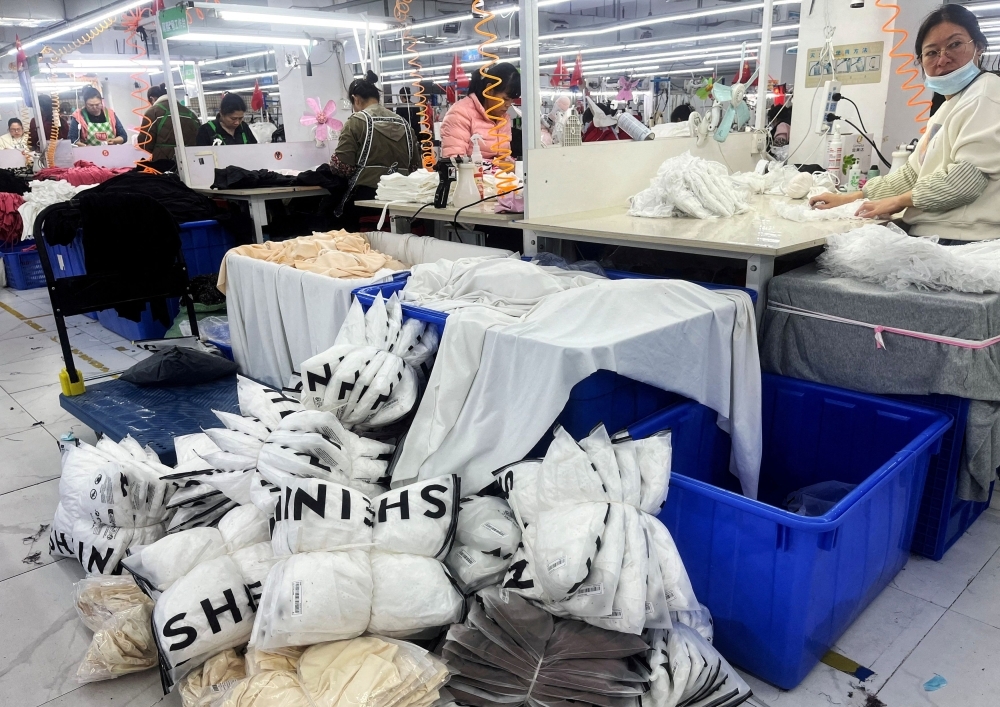The process of twisting fibres together to make yarn is making a comeback these days. Sarah Anderson of Snohomish, Washington, author of ‘The Spinner's Book of Yarn Designs’ (Storey Publishing, 2012) says that now, textile artists want to control the front end of their yarn. They can pick the wool and silk together and blend the two to make the yarn they want. Anderson adds that there was a renaissance in knitting around 15 years ago and now many of those knitters have started to spin. One can control the weight, texture and colour, by spinning yarn yourself. Besides, today’s fibres are made from plant stock as well, such as wood pulp, and synthetic fibers, such as nylon.
Rachel Romine, a longtime spinner and knitter who works at her family's shop Paradise Fibers, in Spokane, Washington says that many spinners like to try out every fibre available. She’s seen artists spin feathers, shredded newspaper or pet hair into yarn. Anderson argues knitting and crochet, spun yarn can be used in weaving, rug hooking, needlepoint, crewel embroidery and tatting, among other textile crafts.
Natural fibres such as wool, cotton, silk and linen, were spun into yarn during ancient times, with a winding stick, and later with a hand spindle. In the 11th century, with the invention of the spinning wheel in Asia and its entry in Europe around 200 years later, spinning experienced its first renaissance, and the Western textile industry was born.












